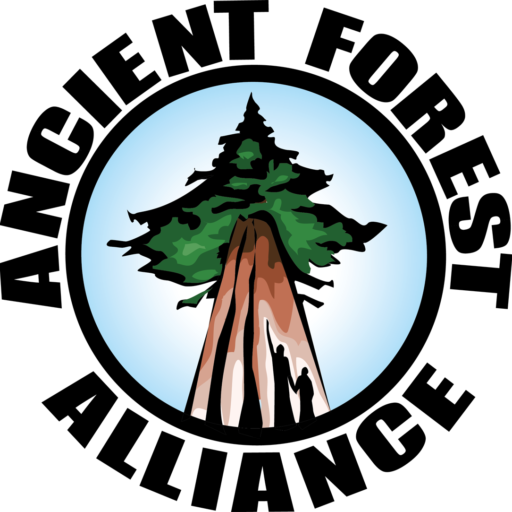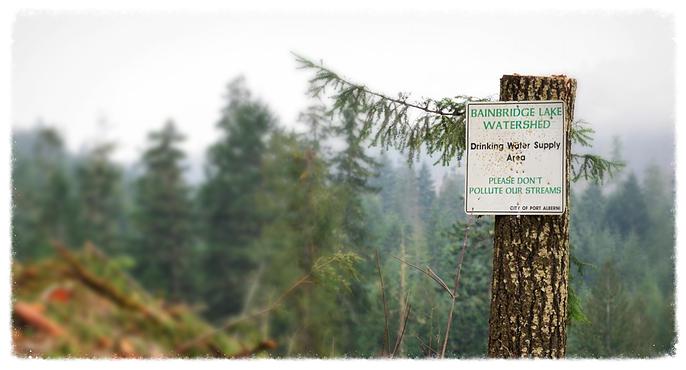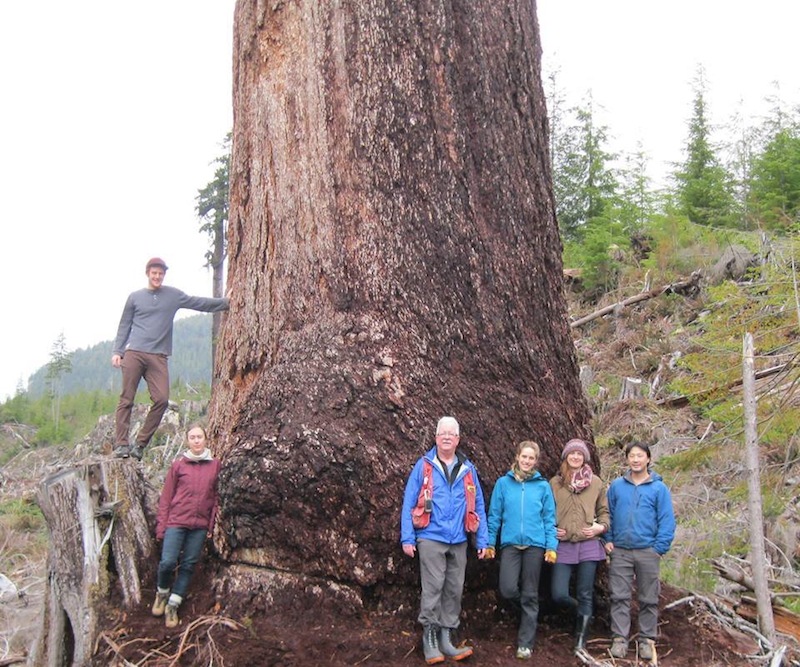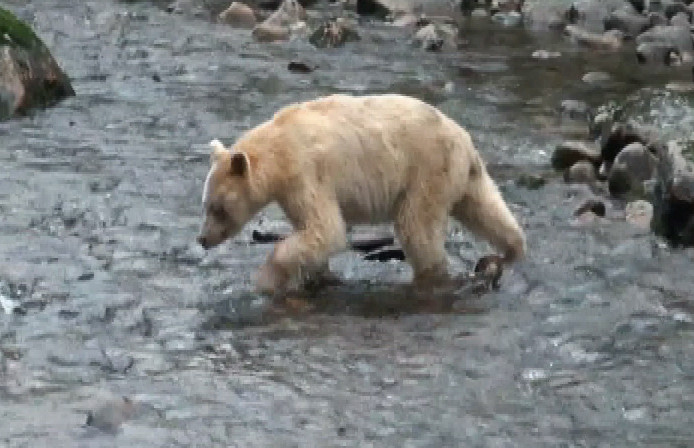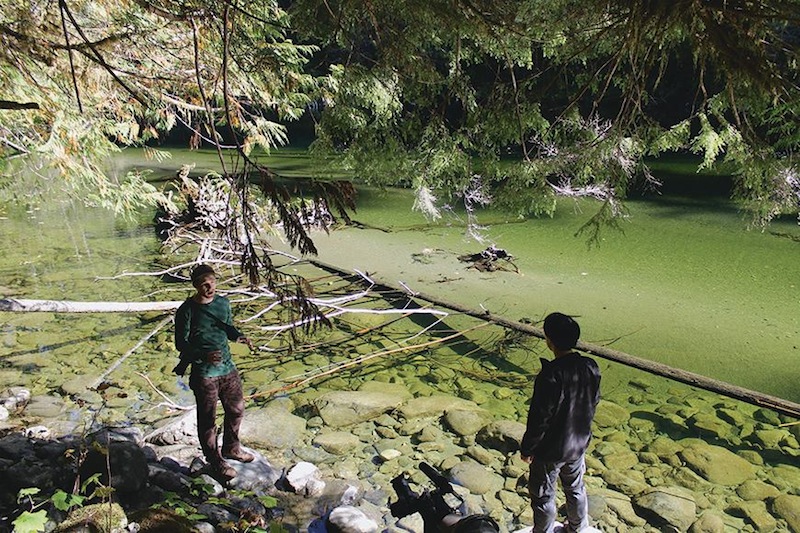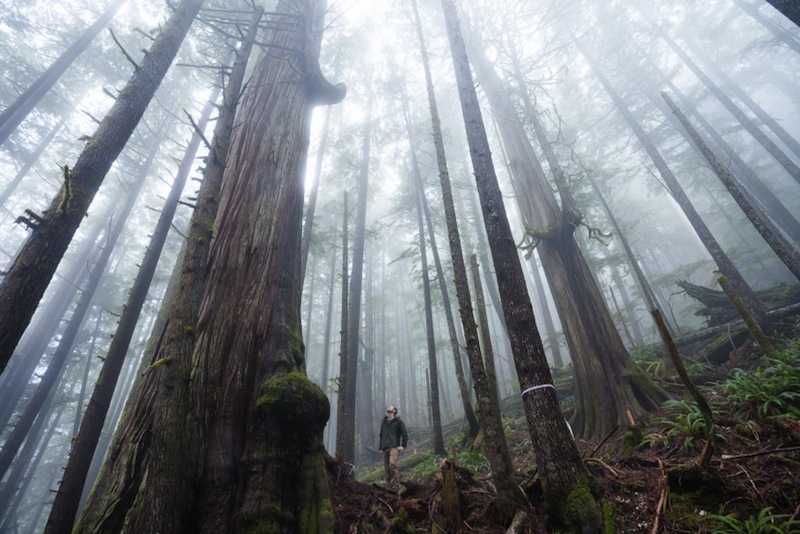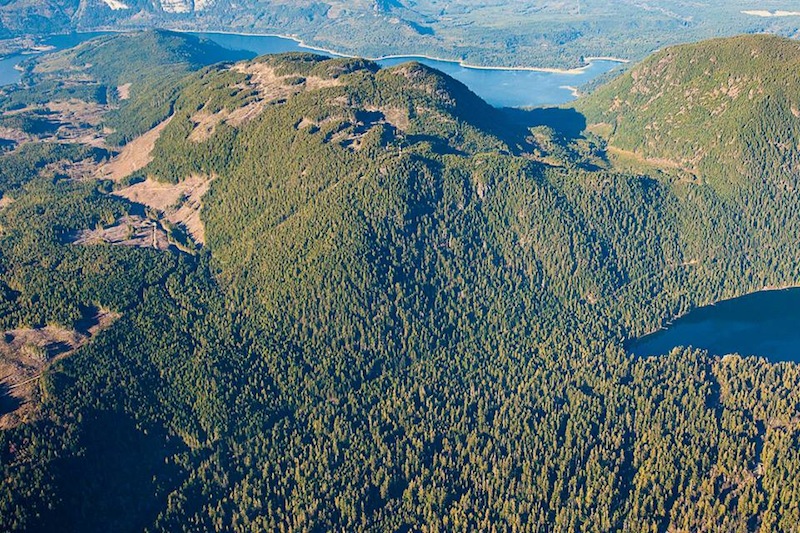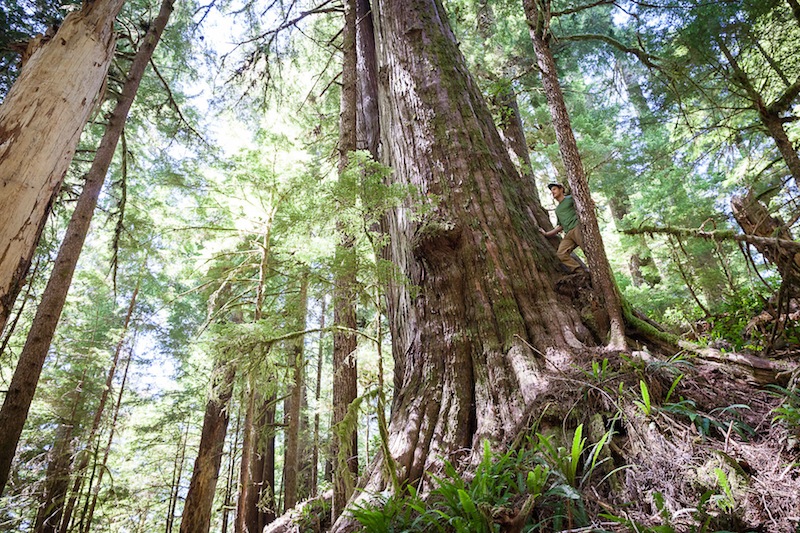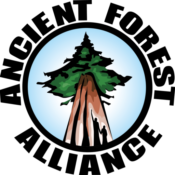Great News!! Metchosin council passes resolution calling on the BC government to protect the remaining old-growth forests of Vancouver Island! Thanks to councillor and renowned forest ecologist Dr. Andy Mackinnon and the Metchosin councillors Moralea Milne, Kyara Kahakauwila, Bob Gramigma, and Mayor John Ranns for passing the resolution!
Goldstream Gazette:
While it's not quite a New Years resolution, Metchosin resolved to prevent any more logging of old-growth forest on provincial Crown Land on Vancouver Island.
The resolution will see a letter go to the Association of Vancouver Island Coastal Communities, seeking its support for a request to amend the Vancouver Island Land Use Plan to protect all remaining old-growth forest.
"The amount of old growth remaining on southern Vancouver Island is a small fraction of what it used to be, and old growth has all sorts of value – economic, social and environmental value," said Metchosin Coun. Andy MacKinnon. "We thought it was timely to create a resolution to save the remaining old growth for ourselves and future generations."
The longtime forester and biologist said such trees at Avatar Grove, and Big Lonely Doug – left standing in the middle of a clearcut, it's considered the second-largest Douglas fir tree in Canada – attract visitors to the area. He pointed to an estimate showing that only 13 per cent of old-growth forest on southern Vancouver Island remain.
"These are some of the largest trees on the planet, some of the largest living organisms that have ever existed on earth," MacKinnon said. "And some people visit to view these stands, so there is an important economic resource even if you don't log
them"
